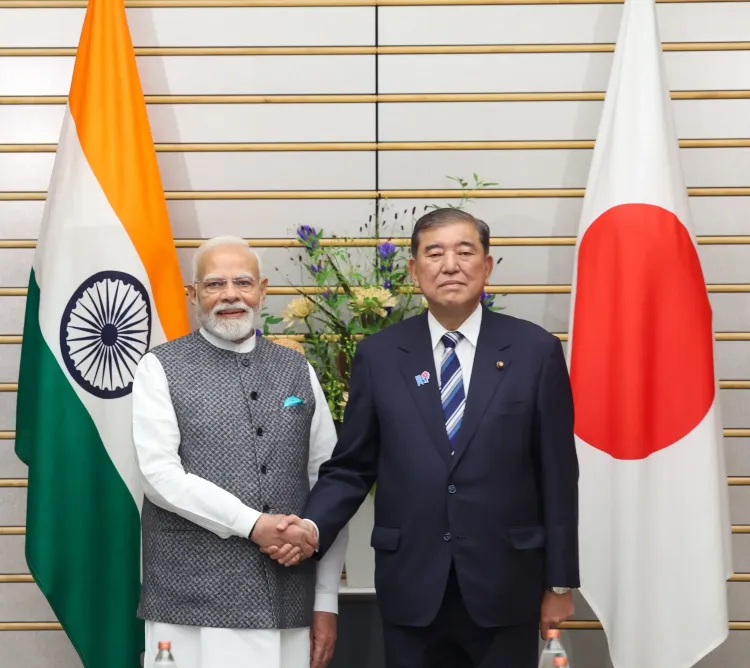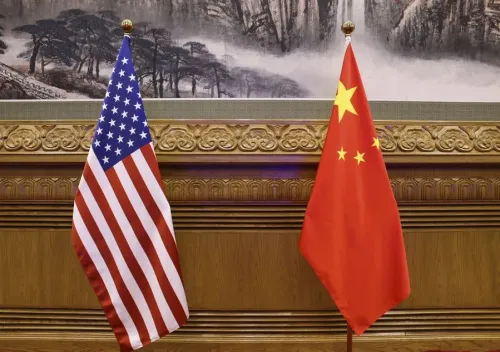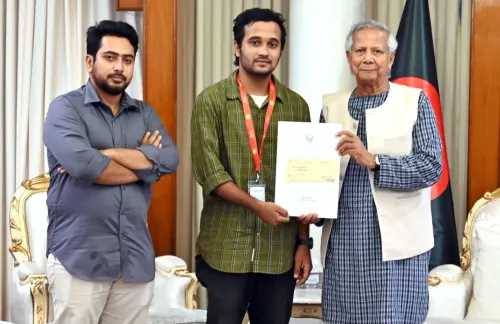How Are Japan and India Collaborating for Joint Investments in Central Asia?

Synopsis
Key Takeaways
- Joint Investment Partnership between Japan and India enhances economic influence in Central Asia.
- Focus on Infrastructure: Initial projects include logistics, renewable energy, and agro-processing.
- Underutilized Investments: India's investments in Chabahar and INSTC can be optimized with Japanese support.
- Alternative to BRI: The partnership aims to provide a credible alternative to China's Belt and Road Initiative.
- Mobility Initiative facilitates movement of skilled workers to Japan.
New Delhi, Oct 11 (NationPress) During Prime Minister Narendra Modi's recent trip to Tokyo, frameworks for financing and labor were established, enabling India and Japan to expand their economic reach in Central Asia and the SCO region, according to a report.
The report from Japan Forward suggests that this could be achieved through a Japan-India Eurasia Investment Partnership, which merges Japanese financing with Indian execution capabilities.
Initial initiatives may focus on logistics hubs, renewable energy projects, and agro-processing facilities that cater to the region's urgent economic requirements while simultaneously creating new markets for Japanese and Indian enterprises.
Analysts have pointed out that India's investments in Chabahar Port and the International North-South Transport Corridor (INSTC) are still underutilized.
With the backing of Japanese technical and financial resources, these routes can be transformed into reliable connections linking Japan and India to Eurasian markets more effectively.
Another potential area for collaboration lies in the development of joint industrial parks in nations like Uzbekistan or Kazakhstan.
These parks could be established by Indian pharmaceutical and IT companies in partnership with Japanese capital goods manufacturers, fostering employment and exports.
The combination of Japan's stable private capital, advanced manufacturing capabilities, and project management expertise with India's cost-effective manufacturing base, service sector, and affordable pharmaceuticals could lead to job creation and increased exports through these parks.
Both nations seek to offer a transparent and credible alternative to China's Belt and Road Initiative, which has raised concerns about debt and dependency in various parts of the region.
During PM Modi's visit, Japan pledged to invest 10 trillion Japanese yen in private investment in India over the next five years. Furthermore, leaders introduced a mobility initiative aimed at facilitating the movement of 500,000 individuals, including 50,000 skilled and semi-skilled Indian workers, to Japan.
A robust Japan-India presence in SCO member countries could not only counterbalance China's dominant trade strategies but also offer the region genuine alternatives, the report highlighted.
--IAN
aar/na









